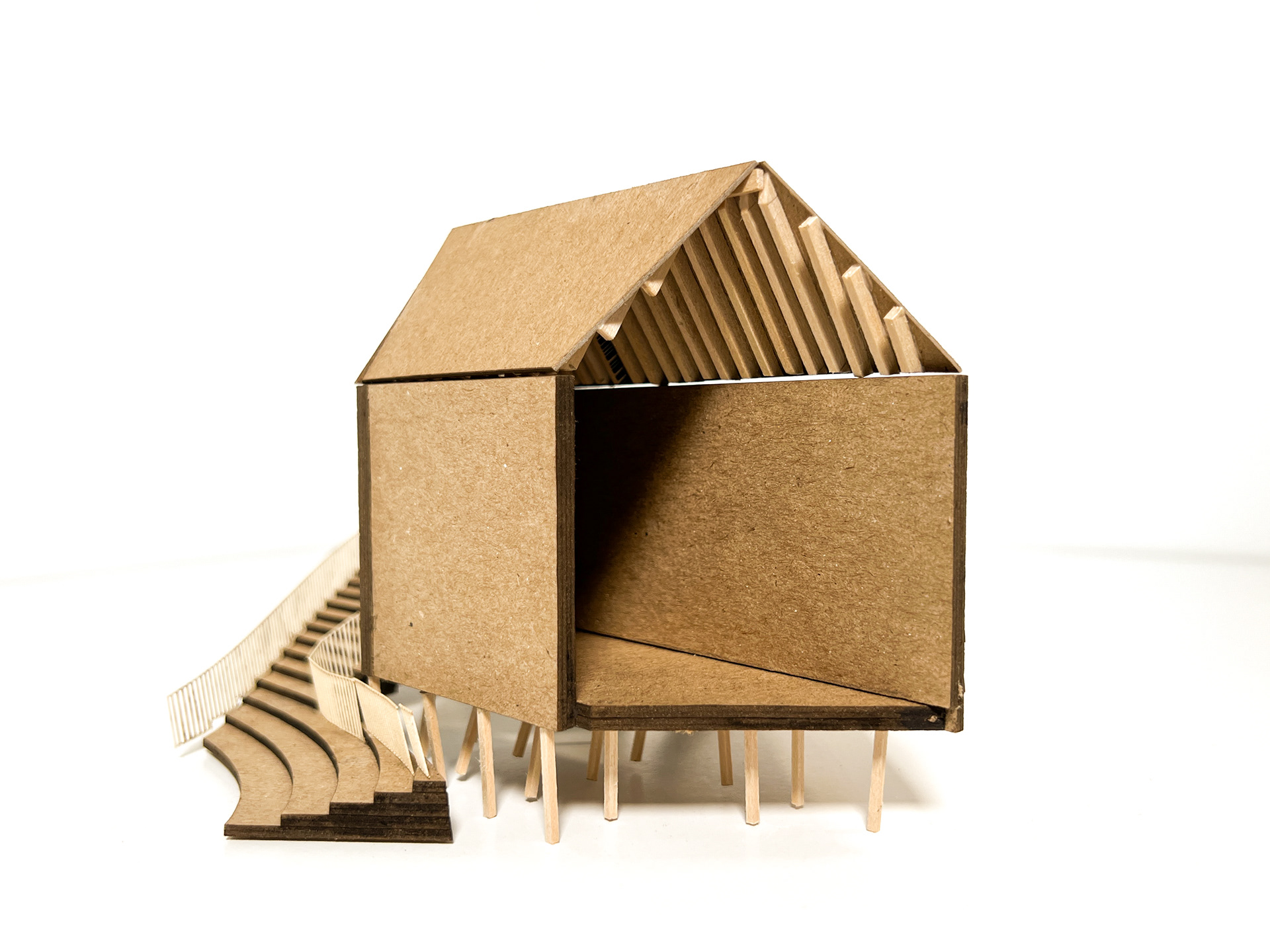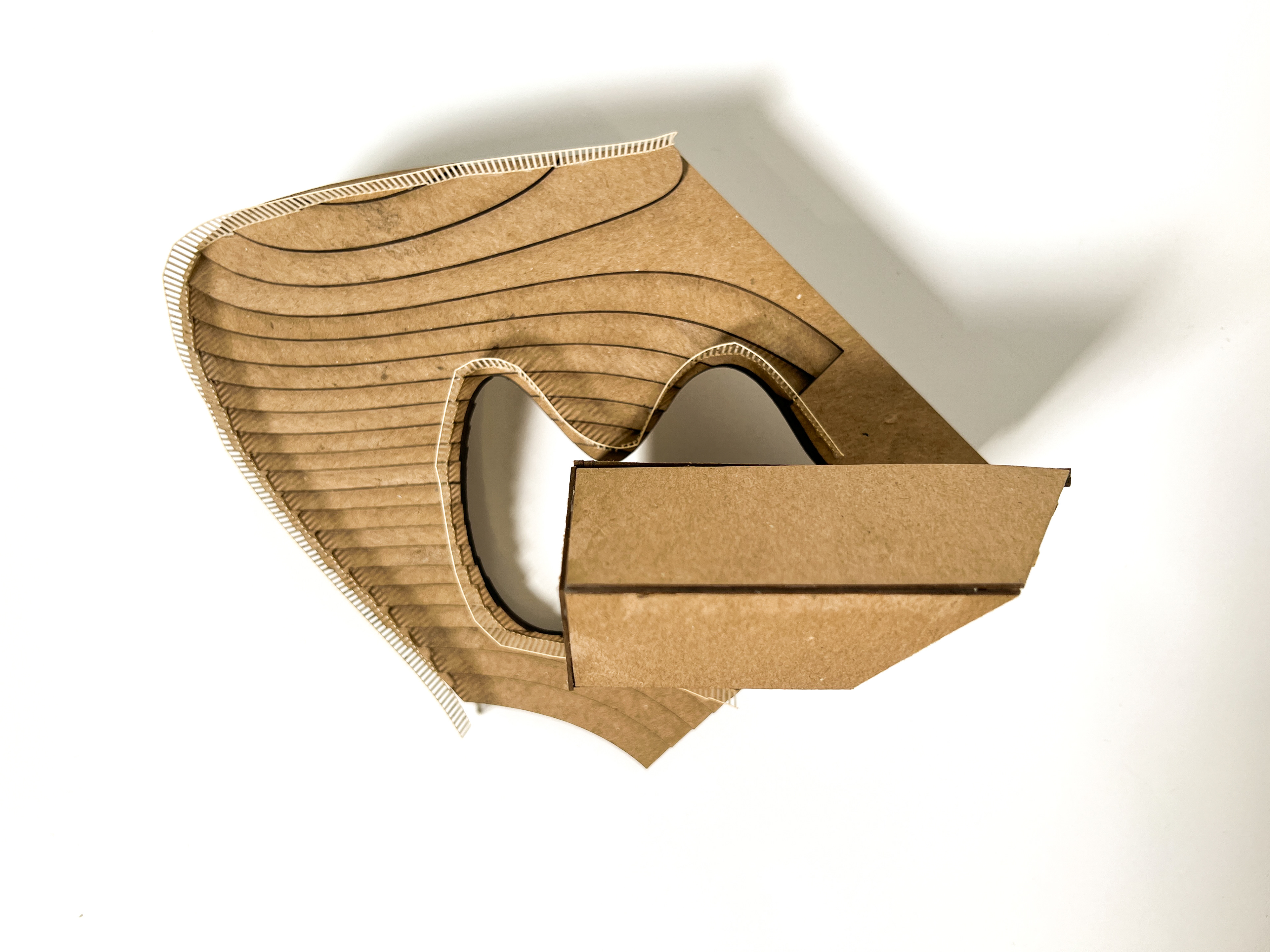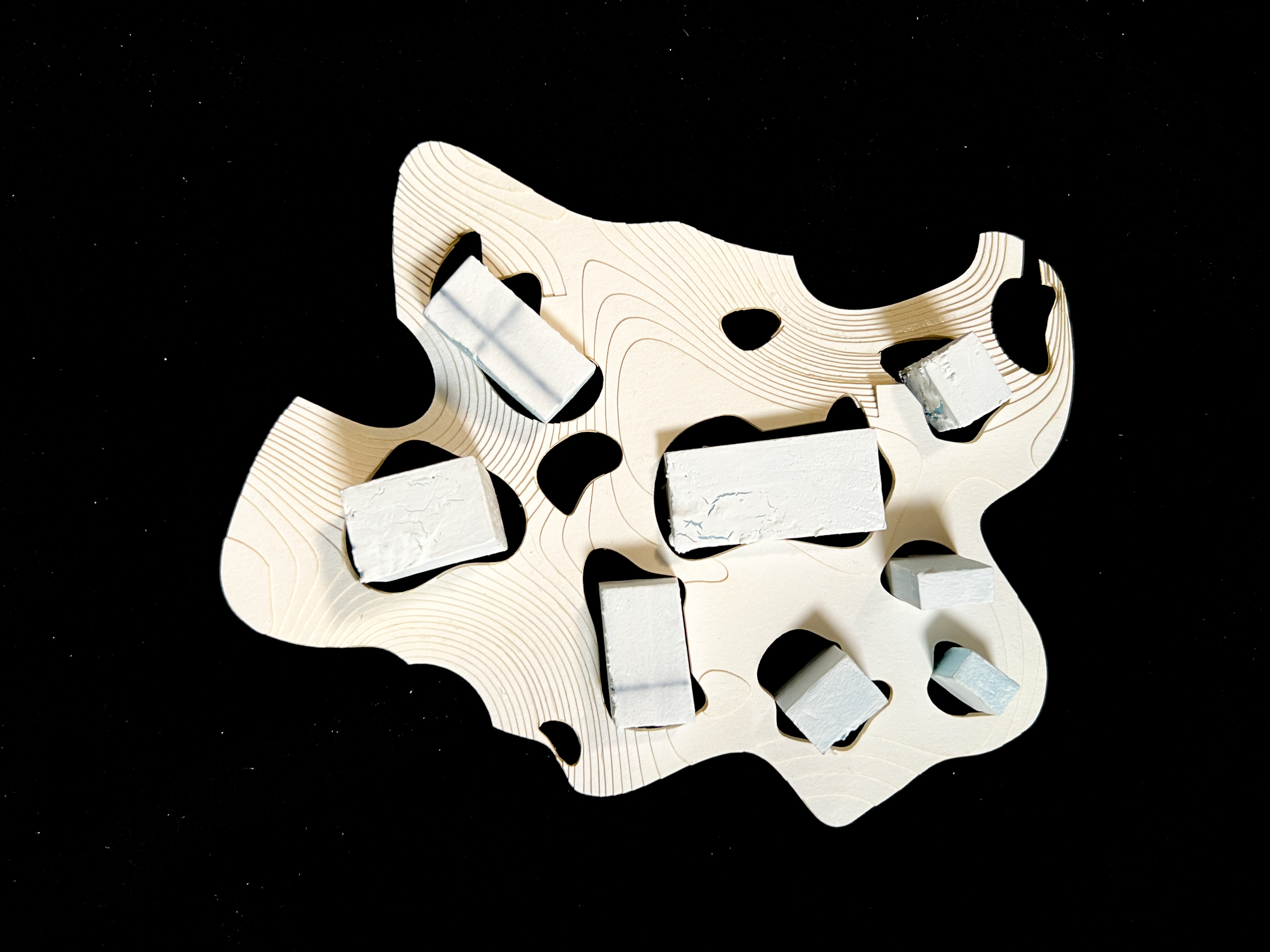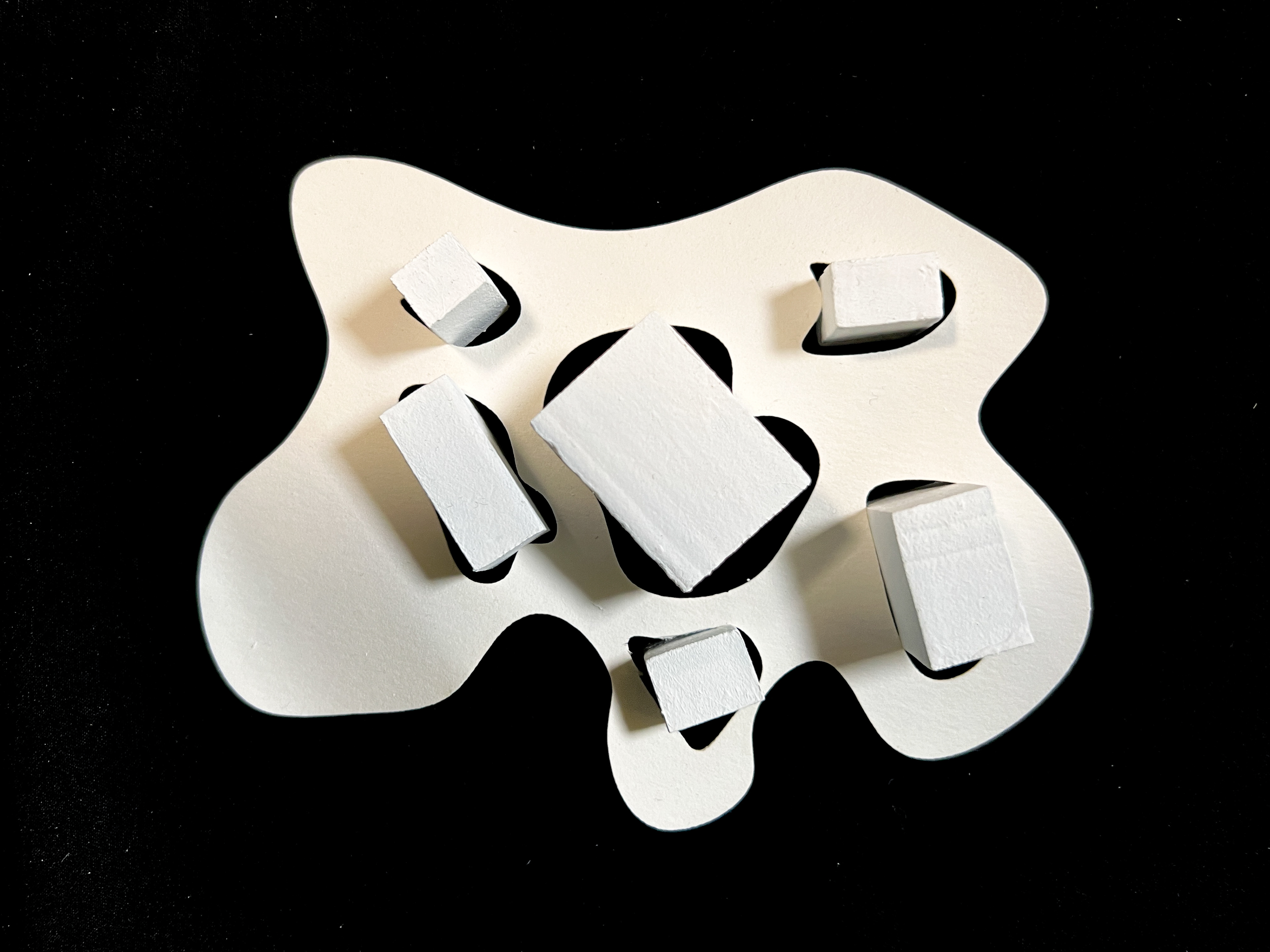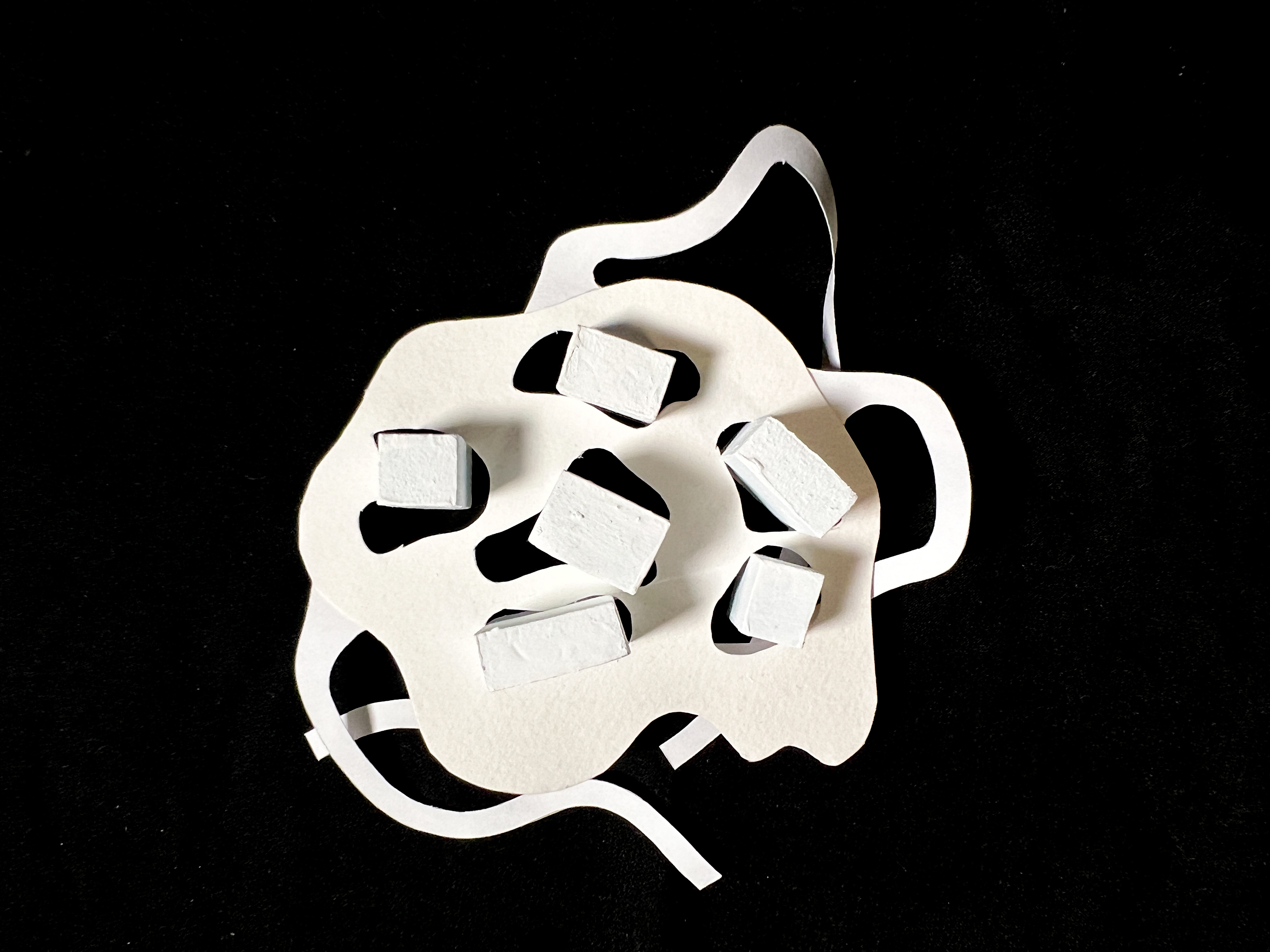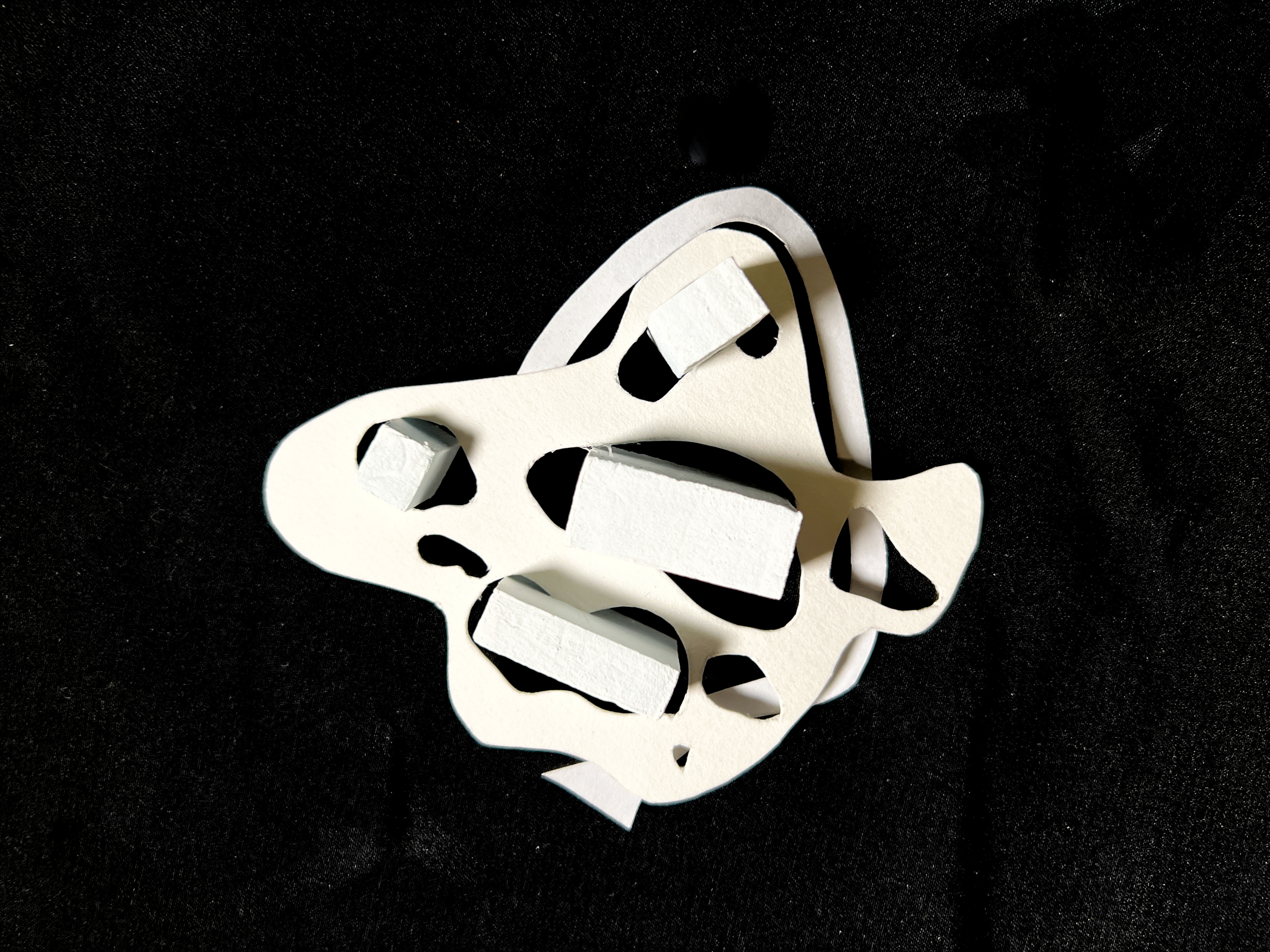Professor Aurelie Frolet
Individual Work
Fall 2022
Individual Work
Fall 2022
Most of New Orleans lies below sea level, so the federal government has implemented strategies to counteract rising sea levels and ground subsidence, including a complex set of levee and drainage systems named the Hurricane & Storm Damage Risk Reduction System (HSDRRS). While the Lower Ninth Ward is not considered to be in a vulnerable position because of the HSDRRS, in the case that the levee fails, the neighborhood would be entirely flooded. Additionally, the HSDRRS, was only designed to resist up to a hundred-year flood, which means it can resist 99% of flood events, however, that does not mean that a hundred-year flood could not happen next year or happen multiple times in succession. Resilient New Orleans is a municipal government initiative to adapt to the changing environment through education and responsive urban infrastructure. Collaging New Ground in part is a didactic project about the watershed system of New Orleans and the flood risks it poses upon its residents.
Local architecture vernacular in the Lower Ninth Ward is characterized by raised houses on stilts, which are generally effective against flooding, so this project is similarly raised. The project is a contoured topography, playing with the existing ground while constructing a new ground, a platform, where residents of the area can retreat to, in the case of flooding. The ground is carved by a diagrammatic river system, which illustrates how water flows downward and how water carves the ground. It shows how New Orleans is in a risky part of the watershed because it sits below sea level while being surrounded by bodies of water. When there is rain or flood, the carved ground floods first. And at high floods, the steps of the platform can be used to roughly measure flood levels.
Since Hurricane Katrina in 2005, the Lower Ninth Ward has had a decreasing population, with increasing empty lots from when residents were unable to afford to rebuild after the hurricane. Additionally, the neighborhood is a food desert, which means that it lacks access to healthy food options. This grocery hybrid project aims to ameliorate both of these realities. Contrary to contemporary vernacular grocery stories, this project uses a diagrammatic house shape to independently house the various department of a grocery store, to reflect the individuality of each household in the neighborhood. The platform then ties the individual houses together by hosting performances, yard sales, and classes that help to activate the community. To further promote learning and community, a lending library is integrated into the platform. In addition to lending rarely-used items like tools, bikes, or toys, it can also be used a polling place and daycare.
While Collaging New Ground is a response to flood risk in New Orleans Lower Ninth Ward, there will likely come a time when the platform will be drowned by a future high flood, and this project will ultimately become obsolete.
